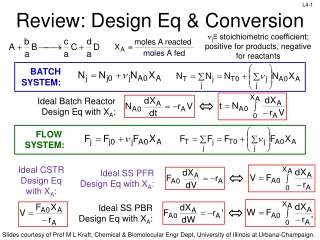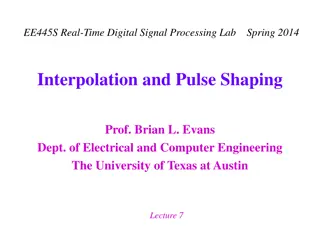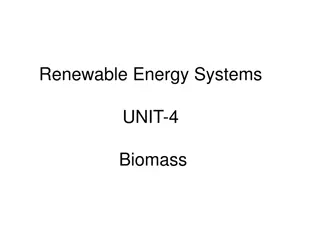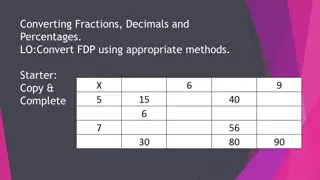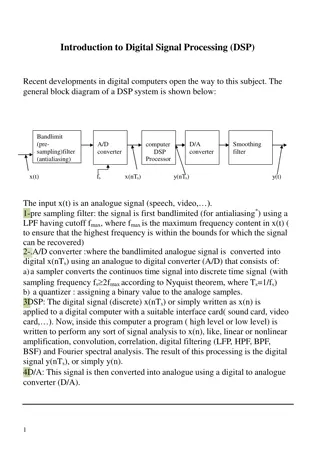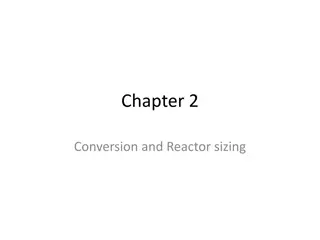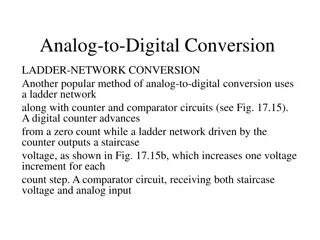
Types of Immediate Inference in Logic
Explore three kinds of immediate inferences - Conversion, Obversion, and Contraposition. Learn how these inferences work, when they are valid, and their implications in logical reasoning and argumentation.
Download Presentation

Please find below an Image/Link to download the presentation.
The content on the website is provided AS IS for your information and personal use only. It may not be sold, licensed, or shared on other websites without obtaining consent from the author. If you encounter any issues during the download, it is possible that the publisher has removed the file from their server.
You are allowed to download the files provided on this website for personal or commercial use, subject to the condition that they are used lawfully. All files are the property of their respective owners.
The content on the website is provided AS IS for your information and personal use only. It may not be sold, licensed, or shared on other websites without obtaining consent from the author.
E N D
Presentation Transcript
Immediate Inference: ( Three kinds of immediate inferences) Conversion Obversion Contraposition
Conversion is an inference that proceeds by interchanging the subject and predicate terms of the proposition. No men are angels converts to No angels are men, and these propositions may be validly inferred from one another. Conversion is perfectly valid for all E propositions and all I propositions.
In this immediate inference the premise is called converse and the conclusion is called convertend. Thus No idealists are politicians is the converse of No politicians are idealists, which is its convertend. The conversion of an O proposition is not, general valid.
The A Proposition presents a special problem here. For example, from All dogs are animals We certainly may not infer that All animals are dogs. From All S is P to Some P is S this pattern of inference , called conversion by limitation.
Obversion OVERVIEW Obvertend A: All S is P E: No S is non-P E: No S is Obversion I: Some S is P O: Some S is not non- P O Some S is not P I: Some S is non -P Obverse A: All S is non -P To obvert a proposition, we change its quality and replace the predicate term with its complement.
CONTRAPOSITION A third type of inference, contraposition can be reduced to the first two, conversion and obversion. To firm a contrapositive of a proposition,We replace its subject term with the complement of its predicate term, and we replace its predicate term with the complement of its subject term. Neither the quality nor the quantity of the original proposition is changed
The contrapositive of A proposition is an A proposition, the contrapositive of an O proposition is an O proposition.

